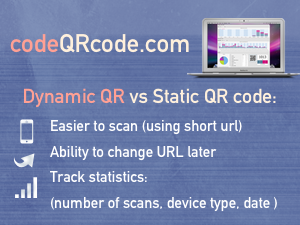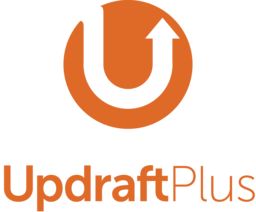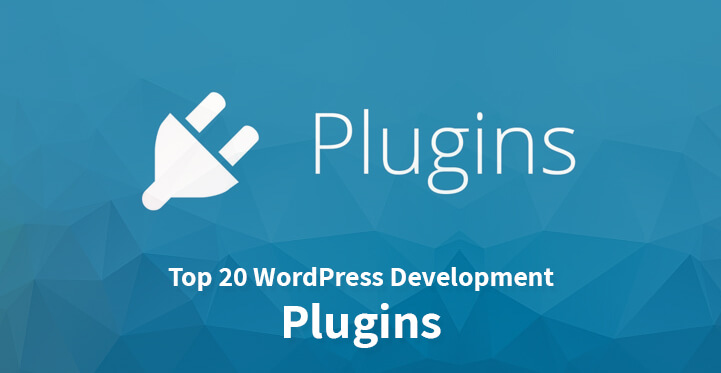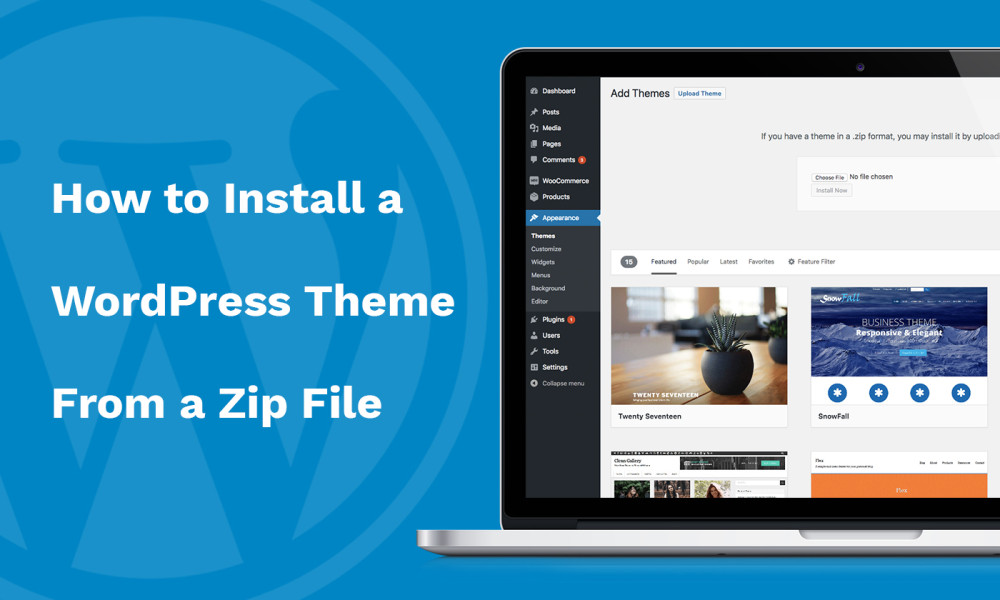Templatic-Google-AMP

To work with Templatic AMP plugin just type 'amp keyword after any archive, category, details or any page URL it will display AMP version of that page..
If you want to check the AMP version you need to append amp after your page URL if your page URL is www yourdomainname com page1 then you need to add the amp after this URL as shown here. www yourdomainname com page1 amp..
Which makes us curious and digging into it, it looks like Google AMP is targeted towards mostly the content-only, news and article content so that the user can read the news or article faster and not for the content and images rich, dynamic pages..
AMP means Accelerated Mobile Pages, in other words, it strips down all the design and functionality to show content page to the user as soon as possible.
We looked at the possible options and there exists WordPress plugin that lets enables AMP on your site but only for blog posts.
We believe WordPress pages and WordPress posts under Taxonomies should be able to use the power of Google AMP..
For example, if you are running Medical portal with hundreds of posts, you might have different taxonomies such as diseases, nutrition etc so you can better manage your WordPress blog..
We are happy to release upgraded, Free WordPress plugin today that takes Google AMP further by supporting the missing pieces WordPress Pages, Taxonomies and category archives..
Connect to your WordPress dashboard and navigate to Plugins >> Add New Plugin >> Upload Plugin >> Now upload the downloaded file >> Click on.
If you want to change the default template templatic then please go to this mentioned file location and place your template here..
Read more
If you want to check the AMP version you need to append amp after your page URL if your page URL is www yourdomainname com page1 then you need to add the amp after this URL as shown here. www yourdomainname com page1 amp..
Which makes us curious and digging into it, it looks like Google AMP is targeted towards mostly the content-only, news and article content so that the user can read the news or article faster and not for the content and images rich, dynamic pages..
AMP means Accelerated Mobile Pages, in other words, it strips down all the design and functionality to show content page to the user as soon as possible.
We looked at the possible options and there exists WordPress plugin that lets enables AMP on your site but only for blog posts.
We believe WordPress pages and WordPress posts under Taxonomies should be able to use the power of Google AMP..
For example, if you are running Medical portal with hundreds of posts, you might have different taxonomies such as diseases, nutrition etc so you can better manage your WordPress blog..
We are happy to release upgraded, Free WordPress plugin today that takes Google AMP further by supporting the missing pieces WordPress Pages, Taxonomies and category archives..
Connect to your WordPress dashboard and navigate to Plugins >> Add New Plugin >> Upload Plugin >> Now upload the downloaded file >> Click on.
If you want to change the default template templatic then please go to this mentioned file location and place your template here..
Read more
Report
Related items:















